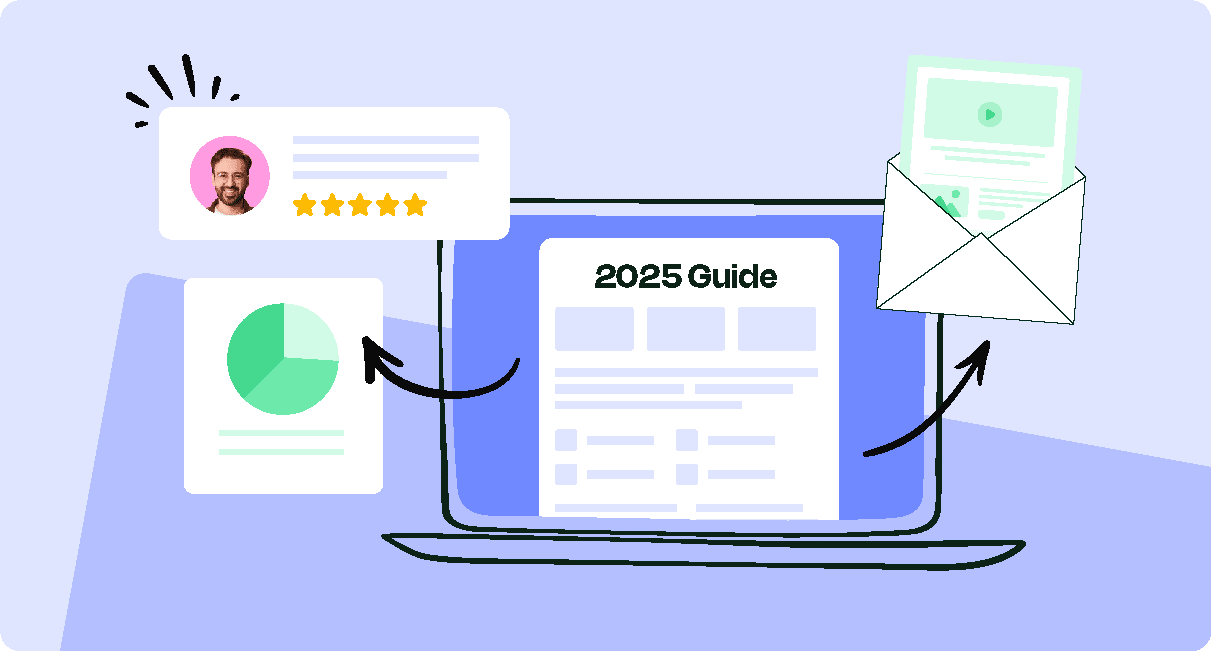If your employees are disengaged, your business may be stalling. In 2025, with hybrid teams, the rise of AI, and shifting expectations, keeping people connected and motivated is more important than ever. Here are 15 employee engagement strategies that actually work.
Organizations that consistently apply proven employee engagement strategies see measurable improvements in performance, retention, and morale.
From real-time recognition to feedback loops and career development, the best strategies to improve employee engagement help companies stay competitive and connected.
In this guide, we’ll explore what employee engagement looks like in 2025, why it matters, and 15 top-performing employee engagement strategy examples you can use to strengthen your culture and boost results.
Book a demo to see how you can use ContactMonkey’s internal comms software in fun and creative ways to engage your staff.
Take self-guided tour of ContactMonkey
See how our key features can streamline your internal communications.
Take product tour

What Does Employee Engagement Look Like in 2025?
Successful organizations are putting structured employee engagement strategies in place to meet the changing needs of modern teams.
Here’s what strong employee engagement looks like in 2025:
- Consistent participation in employee engagement surveys and feedback loops.
- Clear, two-way communication supported by real-time tools.
- Personalized recognition aligned with meaningful contributions.
- Access to growth opportunities and inclusive team experiences.
Companies that apply data-backed strategies for employee engagement—and support them with the right employee engagement software—are better equipped to retain talent, boost performance, and build a resilient culture.
What Are the Benefits of High Employee Engagement?
Organizations that invest in proven employee engagement strategies consistently see stronger results across the board.
Top benefits of high employee engagement in 2025 include:
- Higher productivity: Engaged employees are more focused, motivated, and efficient in their work.
- Lower turnover: Strong employee engagement and retention strategies lead to better employee loyalty and longer tenures.
- Increased profitability: Gallup estimates that fully engaging the world’s workforce could unlock $9.6 trillion in productivity—equal to 9% of global GDP. This shows that employee engagement is a growth lever.
- Better employee well-being: Engaged teams report lower burnout and higher job satisfaction.
- Stronger collaboration: A positive, engaged culture encourages better teamwork and knowledge sharing.
- More innovation: Employees who feel valued are more likely to contribute new ideas and improvements.
When leaders understand the drivers of employee engagement and consistently apply the right strategies to improve employee engagement, they create a workplace where people want to stay and grow—resulting in long-term business success.
Why Are Employee Engagement Strategies Important?
Employee engagement is important as it drives business performance. The right strategies for employee engagement give leaders the structure to drive performance and measure success across teams.
Here’s why employee engagement strategies matter:
- They turn good intentions into action: Instead of one-off efforts, you have a roadmap to boost morale, trust, and performance.
- They align engagement with business goals: The right employee engagement and retention strategies directly support productivity, profitability, and growth.
- They help spot and solve issues early: Using regular employee engagement surveys, you can detect burnout, communication gaps, or disengagement before they escalate.
- They support consistent, meaningful communication: With modern employee engagement software, teams can segment messages, track responses, and adjust in real time.
- They improve employee experience at every stage: From onboarding to career growth, the best practices for employee engagement create clarity and momentum.
Start two-way conversations and employee feedback loops
Learn how to engage staff with pulse surveys, content ratings and reactions, custom polls, and more. Ready to send modern emails?
See engagement features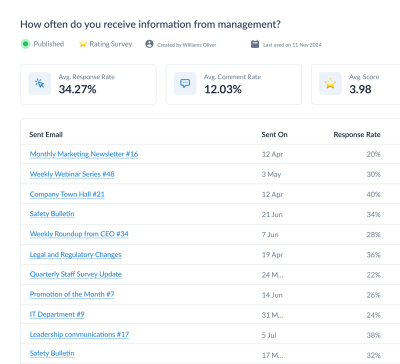
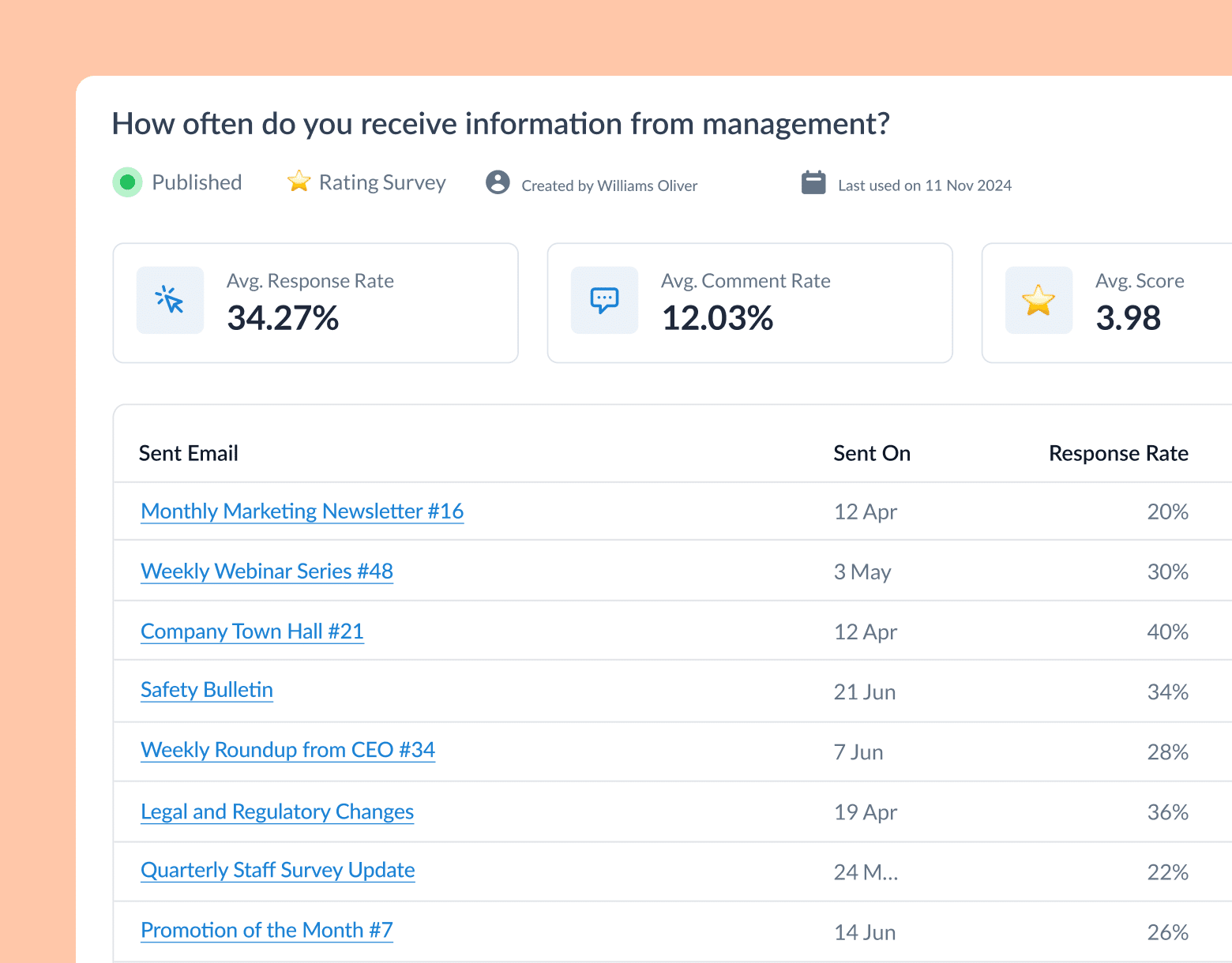
15 Best Strategies to Improve Employee Engagement
The most effective employee engagement strategies are specific, actionable, and built for the realities of today’s workplace.
Below are 15 best strategies to improve employee engagement:
1. Prioritize transparent communication
Transparent communication builds trust and keeps employees informed, especially during periods of change or uncertainty.
Why this is effective: People want clarity about decisions that affect their work, goals, and teams.
Examples of how to deploy this employee engagement strategy:
- Host monthly town halls or virtual AMAs with leadership.
- Use audience segmentation and customized emails to deliver the right message to the right people.
- Share company performance updates and strategic goals regularly.
How to measure success:
- Email open and click-through rates.
- Participation in Q&As and town halls.
- Feedback on communication clarity in surveys.
PRO TIP: Add interactive comment boxes or polls in your internal newsletter using ContactMonkey’s Employee Feedback Features.
WHAT THE DATA SAYS: According to the 2025 Edelman Trust Barometer, trust in employers has seen a slight decline globally. In 2024, 79% of employees surveyed worldwide reported trusting their employer. However, this figure decreased to 76% in 2025, indicating that approximately 24% of employees globally do not trust their employer.
This decline underscores the importance for organizations to actively build and maintain trust with their employees, especially in times of widespread uncertainty and change.
2. Recognize and appreciate employees frequently
Recognition makes employees feel seen and valued—fueling engagement and performance.
Why this is effective: It encourages repeat behavior, boosts morale, and supports a positive work culture.
Examples of how to deploy this employee engagement strategy:
- Create a public recognition section in your weekly employee newsletter.
- Launch a peer-nominated employee spotlight program.
- Use Slack or Teams for instant shoutouts.
How to measure success:
- Number of recognition submissions or nominations.
- Sentiment in pulse surveys around feeling valued.
- Manager feedback on morale and motivation.
PRO TIP: Use emojis or star ratings in your newsletters to let employees vote for coworkers they appreciate.
WHAT THE DATA SAYS: A Gallup and Workhuman survey found that employees who feel recognized and appreciated are 56% less likely to actively seek a new job. Additionally, those who consistently feel recognized are four times more likely to be engaged in their work.
Take self-guided tour of ContactMonkey
See how our key features can streamline your internal communications.
Take product tour

3. Create career development pathways
Growth is a key part of any modern employee engagement and retention strategy. If employees can’t grow, they’ll leave.
Why this is effective: Development opportunities drive motivation, retention, and loyalty.
Examples of how to deploy this employee engagement strategy:
- Offer mentorship programs across departments
- Promote internal job postings and stretch assignments
- Provide quarterly learning stipends or certifications
How to measure success:
- Participation in L&D programs.
- Internal mobility rates.
- Survey scores around career growth and satisfaction.
PRO TIP: Highlight growth opportunities in your weekly emails to keep them top-of-mind.
WHAT THE DATA SAYS: Gallup’s research indicates that organizations that invest in employee development report 11% greater profitability and are twice as likely to retain their employees.
4. Support ongoing work-life balance
Burnout is one of the fastest ways to disengage your team. Employees need flexibility and breathing room to stay motivated.
Why this is effective: Work-life balance supports mental health, focus, and long-term retention.
Examples of how to deploy this employee engagement strategy:
- Offer flexible schedules or remote work days.
- Encourage regular time off and no-meeting blocks.
- Include wellness content in newsletters and internal comms.
How to measure success:
- PTO usage rates.
- Burnout-related survey responses.
- Absenteeism and productivity metrics.
PRO TIP: Include a “Wellness Corner” in your newsletter with short tips, quotes, or breathing exercises.
WHAT THE DATA SAYS: Gartner research found that offering employees more flexibility increases performance by 40% and retention by 15%. This makes flexibility one of the most impactful strategies to improve employee engagement in hybrid and remote work environments.
Watch ContactMonkey LIVE in action
Join live demo
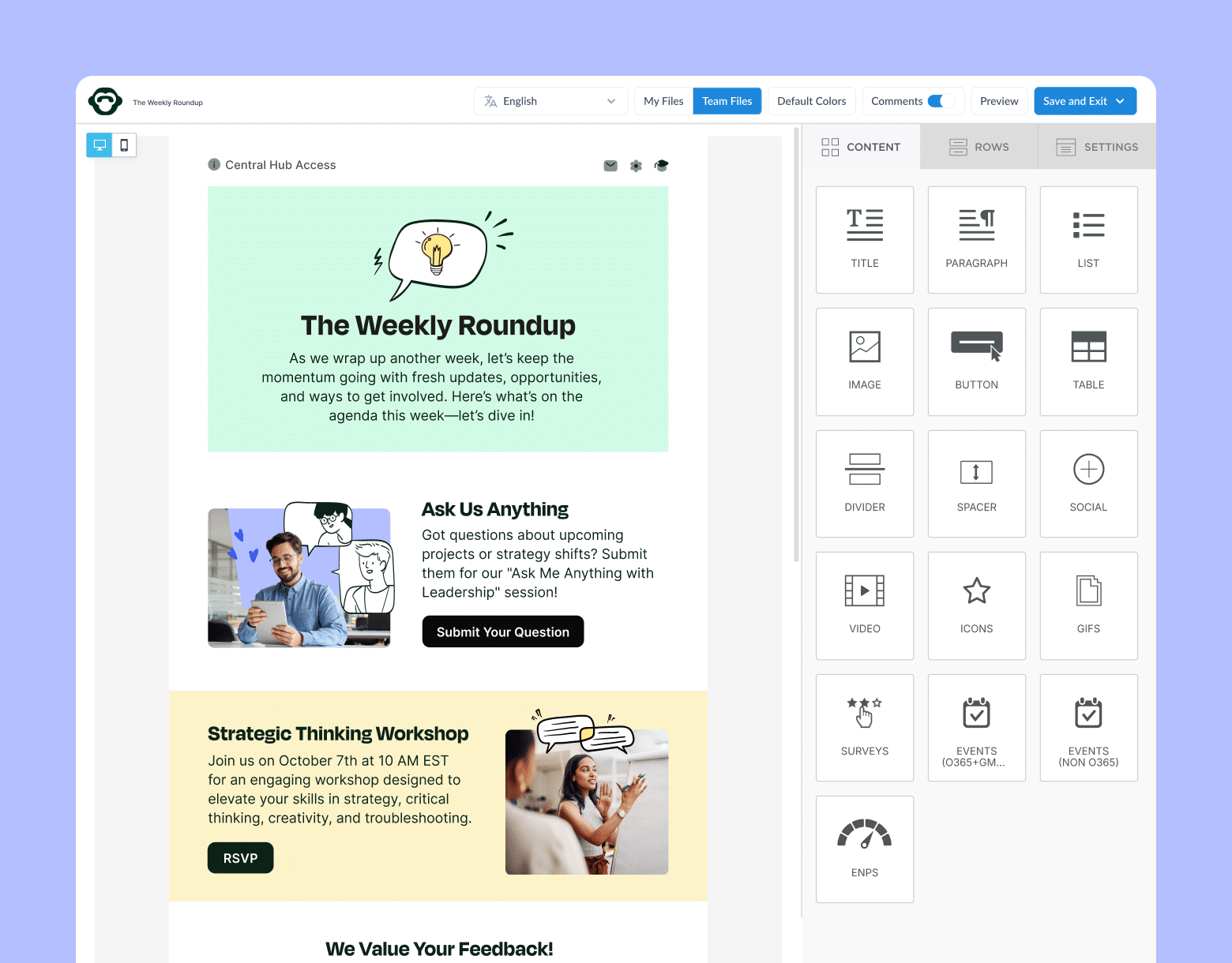
5. Create feedback loops that drive change
Employees want to know their voices matter. Feedback should be a two-way street.
Why this is effective: Closing the loop builds trust and shows that leadership listens and acts.
Examples of how to deploy this employee engagement strategy:
- Run quarterly pulse surveys and monthly mini polls.
- Share key results in follow-up communications.
- Show what’s changing based on feedback.
How to measure success:
- Survey response and completion rates.
- Participation in listening channels.
- Changes in engagement scores after adjustments.
PRO TIP: Use ContactMonkey’s recurring surveys to track survey responses across campaigns to monitor improvements or know where you need to pivot.
6. Foster a culture of belonging and inclusion
Belonging is a core driver of engagement. When employees feel respected, included, and seen, they’re more likely to contribute fully.
Why this works: Inclusion fuels innovation, strengthens collaboration, and builds long-term commitment.
Examples of how to deploy this employee engagement strategy:
- Celebrate cultural moments and employee stories.
- Support Employee Resource Groups (ERGs).
- Train managers on inclusive leadership practices.
How to measure success:
- Participation in DEI programs or events.
- Survey responses on inclusion and safety.
- Retention rates across diverse groups.
PRO TIP: Include anonymous DEI feedback prompts in your internal communications.
WHAT THE DATA SAYS: According to Gallup’s 2025 State of the Global Workplace report, “employees can become engaged when their basic needs are met, and they have a chance to contribute, a sense of belonging, and opportunities to learn and grow.” Gallup specifically includes belonging as one of the foundational drivers of engagement
7. Promote autonomy and ownership
When employees feel trusted to do their work in their own way, they stay more engaged.
Why this is effective: Autonomy boosts confidence, motivation, and accountability.
Examples of how to deploy this employee engagement strategy:
- Let teams choose how to structure their workflows.
- Offer flexibility in tools and communication styles.
- Encourage ownership of projects and initiatives.
How to measure success:
- Productivity trends.
- Survey scores around autonomy and empowerment.
- Project completion and quality metrics.
PRO TIP: Use internal polls to ask employees where they want more decision-making power.
8. Use recognition tools to scale appreciation
Recognition shouldn’t be an afterthought. Scaling it with the right tools keeps the momentum going.
Why this is effective: Recognition, when frequent and visible, supports a healthy feedback culture.
Examples of how to deploy this employee engagement strategy:
- Automate shoutouts through email or chat apps.
- Track recognition frequency by manager or team.
- Link recognition to company values or goals.
How to measure success:
- Recognition submissions and frequency.
- Survey feedback on appreciation and value.
- Retention and promotion rates.
PRO TIP: Use ContactMonkey’s interactive Email Template Builder Feature to embed polls or star ratings to recognize top performers.
9. Align daily work with purpose
Employees want to know their work makes a difference. Connecting roles to outcomes builds meaning.
Why this is effective: Purpose drives motivation, clarity, and deeper investment in the organization.
Examples of how to deploy this employee engagement strategy:
- Share customer impact stories in team meetings.
- Highlight team contributions in newsletters.
- Tie individual goals to company vision.
How to measure success:
- Survey feedback on purpose and alignment.
- Participation in mission-related initiatives.
- Employee stories submitted or shared.
PRO TIP: Include a “Why It Matters” section in your internal emails to tie projects to business impact.
WHAT THE DATA SAYS: According to Gallup’s 2025 State of the Global Workplace report, 73% of engaged employees strongly agree that the mission or purpose of their organization makes them feel their job is important
10. Continuously measure and improve engagement
A successful employee engagement strategy is never static. You need an employee engagement action plan that evolves with your people.
Why this is effective: Regular measurement creates accountability and shows that engagement is a priority.
Examples of how to deploy this employee engagement strategy:
- Use real-time dashboards to track survey trends.
- Set quarterly engagement KPIs.
- Involve employees in improving strategies.
How to measure success:
- Year-over-year engagement score improvements.
- Reduced turnover or absenteeism.
- Adoption of new engagement initiatives.
PRO TIP: Build a content calendar to stay consistent with surveys, recognition, and internal updates.
11. Encourage cross-functional collaboration
Cross-team collaboration helps break down silos and keeps employees connected to the bigger picture.
Why this is effective: Employees feel more engaged when they can contribute to cross-functional projects and gain broader visibility.
Examples of how to deploy this employee engagement strategy:
- Organize cross-departmental project squads.
- Host innovation sprints or brainstorming challenges.
- Create open forums for idea sharing across teams.
How to measure success:
- Number of cross-functional initiatives.
- Collaboration scores in engagement surveys.
- Participation rates across departments.
PRO TIP: Use your internal newsletter to spotlight collaborative wins and shared learning moments.
12. Make onboarding an ongoing experience
First impressions matter—but so do second and third ones. Onboarding should extend beyond the first week.
Why this is effective: Extended onboarding builds confidence, connection, and long-term engagement.
Examples of how to deploy this employee engagement strategy:
- Schedule check-ins at 30, 60, and 90 days.
- Provide buddy programs and learning roadmaps.
- Share interactive onboarding content via email.
How to measure success:
- New hire satisfaction scores.
- Time to productivity metrics.
- Retention rates at 6- and 12-month intervals.
PRO TIP: Automate onboarding messages in Outlook using ContactMonkey’s scheduling features.
WHAT THE DATA SAYS: Gallup’s 2025 State of the Global Workplace report highlights that one of the 12 core drivers of employee engagement is having someone at work who talks to you about your progress—especially during the first year. This aligns directly with the value of structured onboarding beyond the first week, reinforcing connection, development, and growth over time
13. Empower employee-led initiatives
Give employees the tools and autonomy to lead programs that matter to them—from sustainability to social impact.
Why this is effective: Ownership builds purpose, pride, and deeper involvement in company culture.
Examples of how to deploy this employee engagement strategy:
- Provide micro-budgets or dedicated time for initiatives.
- Highlight passion projects in internal comms.
- Invite employees to present ideas to leadership.
How to measure success:
- Number of employee-led initiatives launched.
- Participation and volunteer rates.
- Sentiment around ownership and innovation.
PRO TIP: Run an annual “Pitch Day” to invite employees to propose new engagement or impact programs.
14. Use gamification to increase participation
Adding elements of friendly competition and progress tracking can drive participation in internal programs.
Why this is effective: Gamification for employee engagement feels interactive, rewarding, and fun.
Examples of how to deploy this employee engagement strategy:
- Create a points system for recognition, wellness, or learning activities.
- Offer leaderboards or badges in newsletters.
- Launch engagement campaigns with prizes.
How to measure success:
- Participation rates before and after gamification.
- Frequency of activity completion.
- Feedback from employees on program satisfaction.
PRO TIP: Track gamification campaign results directly through email analytics with ContactMonkey’s Analytics Dashboard Feature.
15. Celebrate team wins and milestones
Recognizing team achievements reinforces collective pride and shows progress at a group level.
Why this is effective: Celebrating shared success builds unity, trust, and motivation.
Examples of how to deploy this employee engagement strategy:
- Include milestone shoutouts in internal newsletters.
- Host virtual or in-person celebrations for key wins.
- Share success metrics in team updates.
How to measure success:
- Survey feedback on team morale.
- Attendance and engagement at celebration events.
- Retention and performance post-milestone.
PRO TIP: Use dynamic content visual modules in ContactMonkey to highlight wins with images, quotes, or KPI callouts that you can send to different teams.
How much is low employee engagement costing you?
Tally it up with ContactMonkey’s ROI calculator.
Calculate now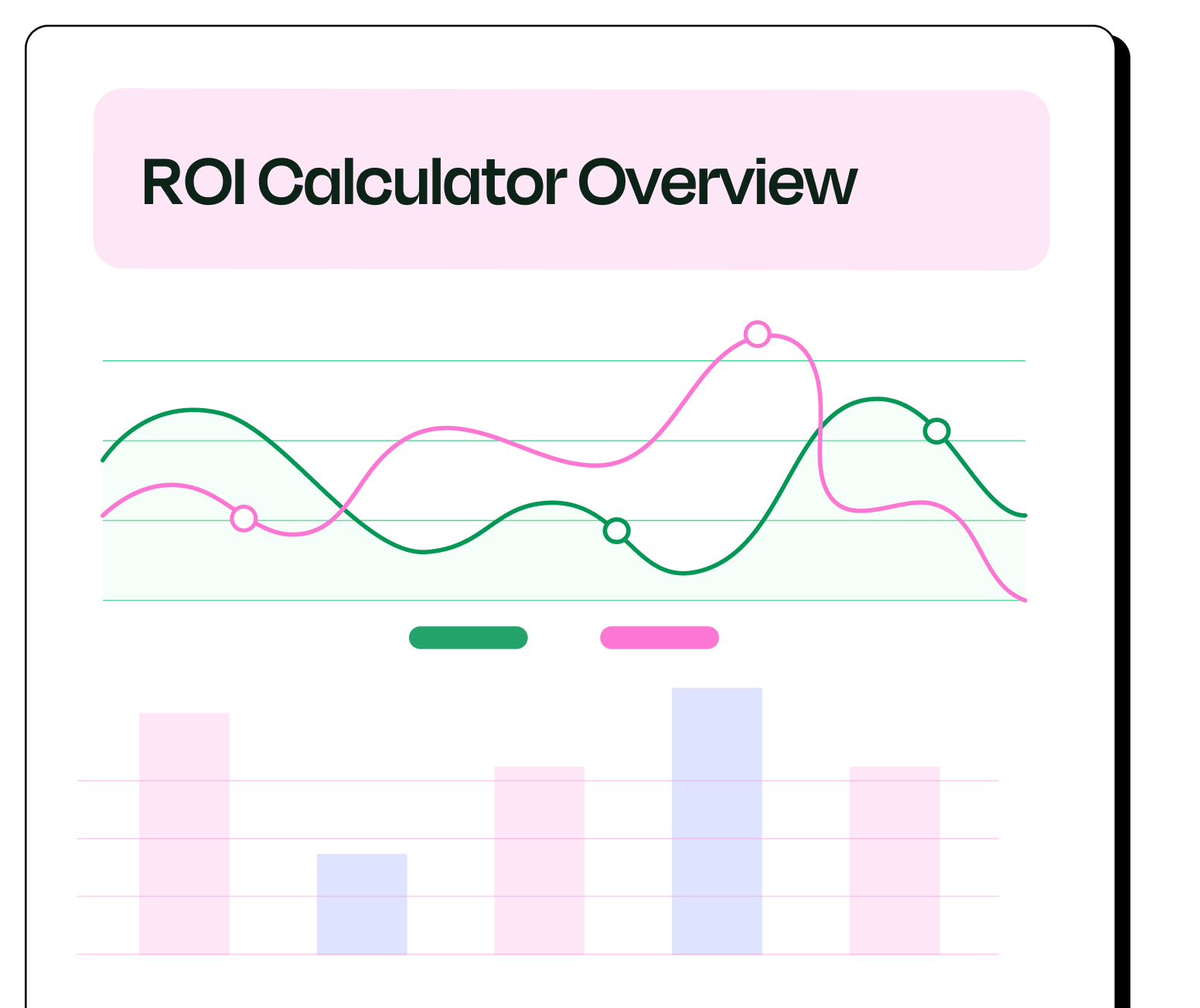
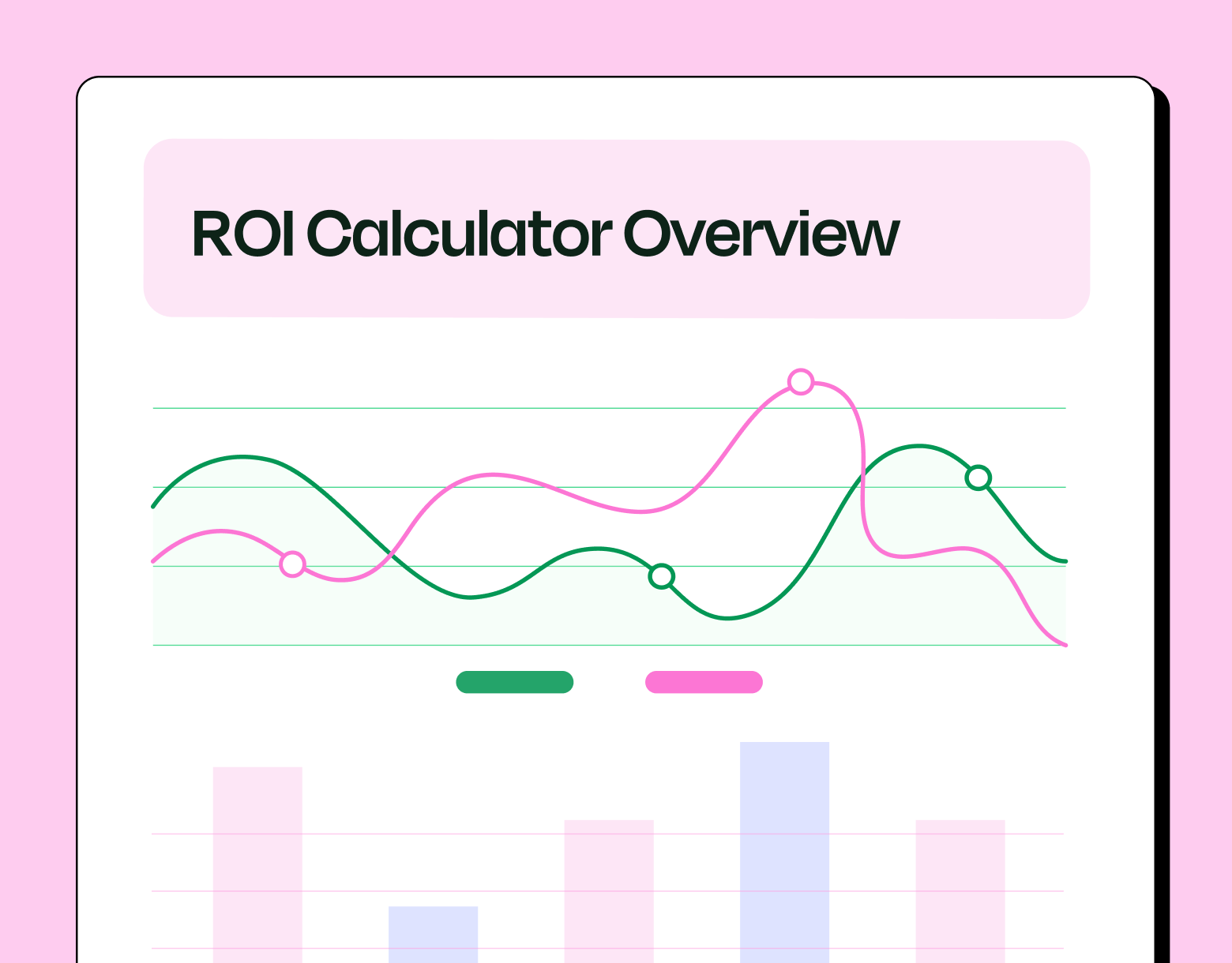
Developing and Implementing Your Employee Engagement Strategies
Once you’ve identified your top strategies to improve employee engagement, the next step is putting them into action with a clear, structured plan.
Build an Employee Engagement Strategy Action Plan
A strong engagement plan ensures your ideas are aligned, accountable, and scalable.
Key steps to build your plan:
- Audit your current engagement landscape: Use an employee engagement survey to gather honest feedback. Identify areas of strength and opportunities for improvement.
- Set clear goals and success metrics: Align your employee engagement strategies with business priorities such as retention, productivity, or internal mobility.
- Prioritize and personalize: Choose strategies based on employee needs by department, region, or role. Use segmented communications to maximize relevance.
- Create an engagement calendar: Plan initiatives monthly or quarterly. Include recognition campaigns, surveys, onboarding touchpoints, and key communication moments.
- Assign ownership and resources: Designate leads for each initiative, equip them with employee engagement software, and set realistic timelines.
Measuring Employee Engagement for Success and Performance Gains
Tracking the impact of your employee engagement strategy is key. Without measurement, there’s no way to improve or prove ROI for employee engagement.
What to measure:
- Engagement survey results: Compare pulse and annual survey results over time.
- Participation data: Track open rates, click-throughs, survey completions, and event attendance.
- Business outcomes: Monitor changes in retention, productivity, absenteeism, and internal promotion rates.
How to use the data:
- Identify underperforming teams or regions.
- Refine messaging and initiatives for different employee segments.
- Showcase engagement wins to leadership to secure future investment.
How to Use ContactMonkey for Your Employee Engagement Strategies
Creating engaging internal communications is easier—and more impactful—when you have the right tools. ContactMonkey helps internal comms teams build better employee experiences directly inside Outlook and Gmail, thanks to integrations.
Embed interactive elements in emails
Transform static updates into two-way conversations by adding surveys, emoji reactions, star ratings, or anonymous feedback boxes directly into your emails. Through Employee Feedback Features, you can increase participation without redirecting employees to external tools.
Personalize internal communications
Use the Dynamic Content Feature to tailor each message by role, department, or location—ensuring every employee sees content that matters to them.
Track engagement in real time
Our Analytics Dashboard Feature lets you track open rates, click-throughs, survey responses, and more—so you can see what’s working and where to optimize.
Automate onboarding and recurring messages
Save time and improve consistency by scheduling pre-built email templates for new hires, benefit updates, manager comms, and beyond.
Segment your audience with ease
Use the List Management Feature to send targeted messages to specific employee groups, boosting relevance and engagement.
Create mobile-responsive newsletters quickly
Our Email Template Builder Feature lets you create beautiful, on-brand internal newsletters without relying on design or IT support.
Ready to boost engagement, save time, and prove ROI? Book a 15-minute call with our team and see how ContactMonkey can transform your internal communications.


